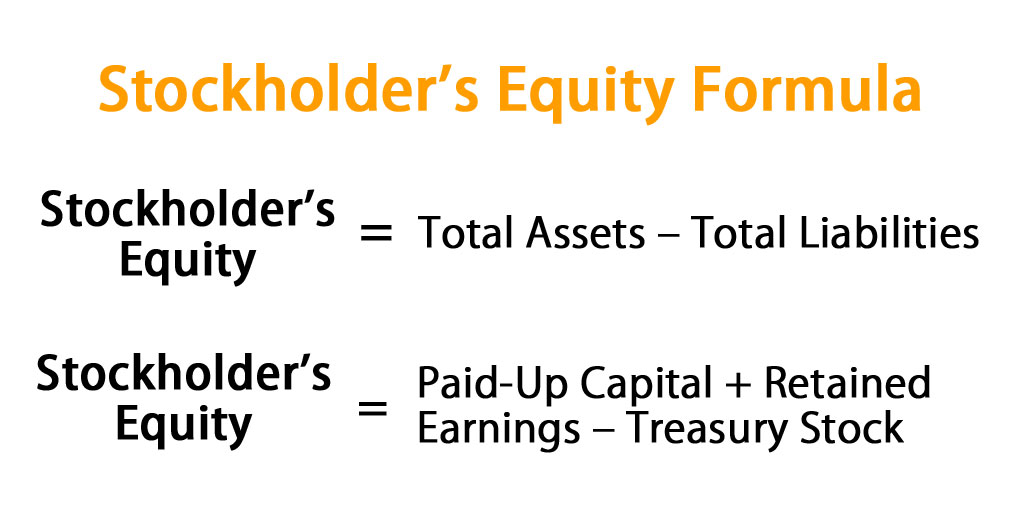
For normal day-to-day business analysis, owner’s equity is both a valuable indication of a business’s financial health and a way to track whether the company is gaining or losing value over time. Many owners use equity to demonstrate their company’s value to lenders when seeking external capital or trying to raise capital from outside investors. In addition, shareholder equity can represent the book value of a company. Equity can be found on a company’s balance sheet and is one of the most common pieces of data employed by analysts to assess a company’s financial health. Increases in owner’s equity come from shareholder investments and retained earnings (corporate earnings that have been reinvested in the corporation).
What’s Included in Owner’s Equity?
Equity is the value remaining from a company’s assets after all liabilities have been subtracted. Other factors can contribute to a higher or lower sales price, too — like a company prioritising a quick sale to stave off an impending bankruptcy. Because of the subjectivity that can accompany values like “brand strength,” a company’s market value may be higher than the owner’s equity. For instance, in looking at a company, an investor might use shareholders’ equity as a benchmark for determining whether a particular purchase price is expensive. On the other hand, an investor might feel comfortable buying shares in a relatively weak business as long as the price they pay is sufficiently low relative to its equity.
Owner’s Equity
The difference between the revenue and profit generated and expenses and losses incurred reflects the effect of net income (NI) on stockholders’ equity. Overall, then, the expanded accounting equation is useful in identifying at a basic level how stockholders’ equity in a firm changes from period to period. However, if you’ve structured your business as a corporation, accounts like retained earnings, treasury stock, and additional paid-in capital could also be included in your balance sheet. If a company keeps accurate records using the double-entry system, the accounting equation will always be “in balance,” meaning the left side of the equation will be equal to the right side. The balance is maintained because every business transaction affects at least two of a company’s accounts.
Calculation of Owner’s Equity
- By decomposing equity into component parts, analysts can get a better idea of how profits are being used—as dividends, reinvested into the company, or retained as cash.
- On 2 January, Mr. Sam purchases a building for $50,000 for use in the business.
- If your business has strong fundamentals and isn’t financing all of its growth with debt, your owner’s equity should be increasing with time.
- In this case, owner’s equity would apply to all the owners of that business.
- An owner’s equity total that increases year to year is an indicator that your business has solid financial health.
The final two components of owner’s equity are capital contributed and withdrawals. Sales revenue is an account name normally used when a retailer sells an item. Fees earned is an account name commonly used to record income generated from providing a service. In a service business, customers buy expertise, advice, action, or an experience but do not purchase a physical product. Consultants, dry cleaners, airlines, attorneys, and repair shops are service-oriented businesses.

Example #3: Retaining earnings
Where the value of the assets (on the left side of the balance sheet) equals the sum of the liabilities and owner’s equity (on the right side of the balance sheet). Their equity is in the form of stock or shares, which represents their ownership in the company. Think of equity ownership as the true measure of your business’s net worth, an 5 work from home tips this entrepreneur used to create a successful business important indicator of its financial health and potential. It reflects the real value that you, as a business owner, have built up over time — a dynamic number that evolves with your business. It’s also the total assets of $117,500 minus total liabilities of $22,500. Either way you calculate it, Rodney’s state in the business is $95,000.
The formula for calculating owner’s equity involves subtracting total liabilities from total assets. Owner’s equity plays a crucial role in financial analysis as it provides valuable information about a company’s financial health and its ability to meet its financial obligations. It represents the residual claim on assets that remains after all liabilities have been settled. Owner’s equity is the number that remains when liabilities are subtracted from assets. And, as you can see from its location on a balance sheet, it’s not considered an asset of your business, because it’s not owned by your business. Practically speaking, because you, as the business owner, have ownership rights to the owner’s equity, it functions as a liability the business owes to you.
The accounting equation ensures that the balance sheet remains balanced. That is, each entry made on the debit side has a corresponding entry (or coverage) on the credit side. However, if a business piles up considerable losses instead of profits, its assets may not cover the full amount of its liabilities, i.e., negative owner’s equity.
Thus from the above calculation, it can be said that the value of the X’s worth is $ 2.8 million in the company. Owner’s equity behaves much like a bank account balance, reflecting the ups and downs of financial activity. It gives you a straightforward way to assess how well your business is doing financially, and serves as a solid foundation for making informed, strategic decisions. What exactly is that accumulated depreciation account on your balance sheet? Below is a portion of Exxon Mobil Corporation’s (XOM) balance sheet as of September 30, 2018.


 Ei̇dman Və Kazino Mərcləri >> Depozit Bonusu $1000 – 317
Ei̇dman Və Kazino Mərcləri >> Depozit Bonusu $1000 – 317